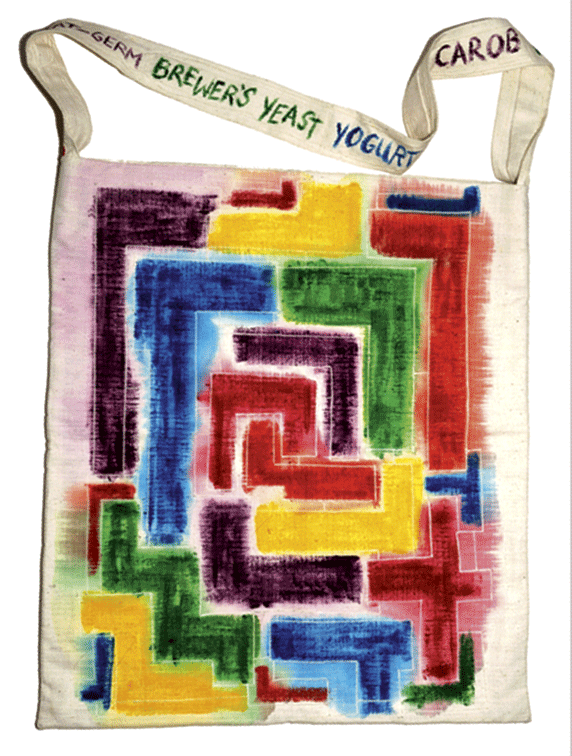FREE BOOK OFFER AT THE END OF THIS BLOG ENTRY!
Good morning! I’ve started my Day 1 of NaNoWriMo and have, so far, about 2,200 words for the day. I’m hoping to hit 5,000 today to get rolling. There are a few days this month where it will be tough to get in a good word count, so I’m trying to start out with a full head of steam. Good luck and happy writing to those of you who are participating!
I’ve been so busy with The Foreign Language of Friends that I don’t always tend properly to another wonderful project of mine. In 2009 I edited Patchwork & Ornament: A Woman’s Journey of Life, Love, and Art by Jeanette Feldman (my late mother-in-law). Originally I had planned to put Patchwork together just for the family, but the longer I worked on it, the more I felt that others might enjoy it, too.
Patchwork went on to win an Indie Excellence Award for Best Memoir of 2010. Feathered Quill and Midwest Book Reviews gave it five stars on Amazon. But it is the comments we receive from individuals who read it that mean the most. As Jenny tells the story of her life in bite-sized essays, poems, and stories, readers reflect on their own lives. Somehow, Jenny’s warmth shines through, and readers feel as though they are having a conversation with her, as opposed to just reading someone else’s life story. Originally, I had planned to make the book just for the family, but I felt its magic as I worked on it, convinced that others could relate to her story.
Briefly, Jenny grew up in poverty during the Great Depression. In the South Bronx, where she lived, there was little hope for the future, but through the power of art, she gained a broader perspective on the world — one that allowed her to transcend poverty, even though she would never realize commercial success as an artist. Patchwork & Ornament includes several full-color photographs of her work.
Here’s an excerpt, from which the title is derived. Enjoy! A FREE BOOK OFFER FOLLOWS THIS EXCERPT!
Patchwork and Ornament
≈≈≈≈≈≈≈≈
Why are your artworks so ornamented, when you love cubist and minimalist art?

When asked this question I was intrigued and decided to write about it to clarify my answer to myself. I found the answer in my early childhood, from the lives of my grandmother and mother and from the apartments they lived in and decorated.
My aunt, my uncle, their son, and my grandmother lived in a three-room apartment on Freeman Street in the Bronx. There was one bedroom, another room that acted as a dining room/bedroom for my grandmother, and a kitchen with an eating area where the family actually ate their meals.
The floor in each room was covered with printed linoleum, each in a different pattern with no attempt to match or to complement the other. The floors needed to be covered and covered cheaply, and that was that.
The dining room made the biggest impact on me. That was where our family would sit together for holidays or on our infrequent social visits. The linoleum floor in the dining room resembled a version of a Persian rug, with deep reds and blues. My aunt and grandmother made curtains from a heavy, textured cotton called cretonne that was printed with palm trees, exotic tropical flowers and fruits. The cushions on the dining room chairs were each made of different fabrics and colors. Again, nothing matched anything else in the room.
Dishes in the china cabinet were parts of sets, piled together in random fashion. The table was large and covered in a white cloth embroidered in the center and edged with machine crochet lace. A cut crystal bowl filled with fruit sat on the sideboard, and a small beveled glass mirror hung at a height that reflected no one’s face. One would need to twist and bend in order to achieve such a glimpse. This was a room put together in bits and pieces over a period of time by people who did not care one iota about the way anything looked. They were poor immigrants struggling to survive in the cold depths of the Great Depression. They put together a home using what was at hand and went to second-hand stores for the rest.

My grandmother was another strong influence. An Orthodox Jew, she wore a proscribed shaitl, or wig, of what looked like red horsehair. A more unattractive wig has yet to be designed. She made dresses for herself styled like muumuus, with a round neck, long sleeves without cuffs, and the hem just short of floor length. She wore a white apron that covered her almost completely from one hip to the other and was tied around the waist. As parts wore through, she patched it with any fabric at hand. She would do the same to the bosom of her dress when her heavy breasts wore the material to shreds. She wore these patched clothes anywhere at all, whether shopping the outdoor markets on Jennings Street or visiting us.
My mother, whose financial situation was much more precarious than my grandmother’s, would never wear patched clothes, never. Bitterly ashamed of her status in life, she tolerated neither raggedness nor patches. She would alter clothes, setting a new waistband into a dress or skirt to lengthen it, or making a shirt from a too-short dress, or attaching a wide velvet border to a coat when the longer look came into fashion. She made curtains, too, comforter covers, tablecloths edged with printed ruffles and seat cushions to match, and most of our clothes and doll clothes from scraps.
I was exposed to cubist and abstract art at Cooper Union, which gave me a different perspective from my influence at home. For a time I restricted myself to the severity and discipline of such art. I loved it. I found peace and order in the strictures of abstract art. At that time, I needed those elements to help structure my life.
Still, looking at great paintings in the Metropolitan Museum of Art and in the Museum of Modern Art opened me to possibilities in combining textures and colors. And of course, the streets and buildings of Manhattan provided the greatest design class of all. Signage, posters, billboards, shop windows, people dressed in every fashion possible, cars, buses, vendors on street corners; I lived, worked, and studied in a vast collage environment.
As time passed, my work and my life became more dense and complex. More ornament, more richness became evident in the work, and storytelling, which has always been pleasurable to me, became important to the visual work. Instead of fighting and trying to work back into abstract or minimalist art, I went towards the new development, using ornament as narrative.
I see in the work I do, in the manner I have furnished our home, the effects of all these experiences. My childhood world of family influences grew to include, as in the manner a collage is made, layers built up from the complexities of my life, one over the other revealing like pentimento, ghosts of previous experiences.
***
FREE BOOK OFFERS!
- Buy an e-book copy of The Foreign Language of Friends from Amazon and post a review by November 30, and your name will go into a drawing for a free copy of Patchwork & Ornament OR a free copy of the print version of The Foreign Language of Friends (your choice).
- Buy 1, Get 1 Free! Purchase a copy of Patchwork & Ornament by November 30 and get a free, signed print version of The Foreign Language of Friends.
To claim your free book, provide proof of purchase (such as a confirmation e-mail from Amazon). If you’re going with option one, please let me know which review is yours.